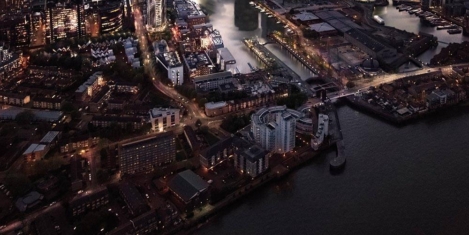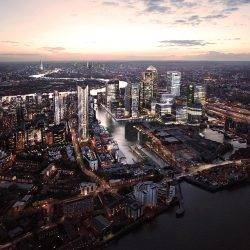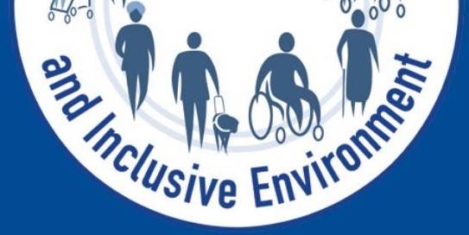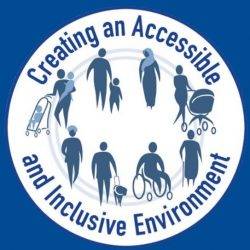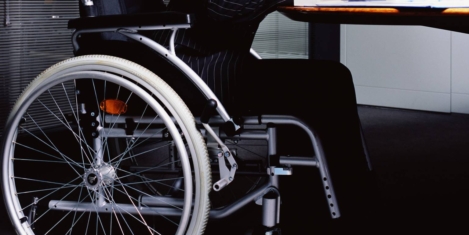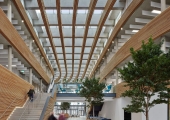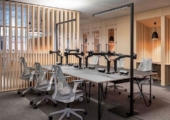May 16, 2017
Built environment sectors ignoring the potential of smart cities and big data 0
 There is little or no evidence of the built environment, real estate and construction sectors engaging directly with the smart city agenda, according to a new RICS Research Trust report by University of Reading academics. The research, which examined four case studies (Bristol, Milton Keynes, Amsterdam and Taipei) found that less than a quarter of UK cities had an smart city action plan. Of those that did, the main focus in the smart city case studies is on open data. As a result, city residents are not benefitting from a clear strategy for smart cities according to the report Smart Cities, Big Data and the Built Environment: What’s Required?
There is little or no evidence of the built environment, real estate and construction sectors engaging directly with the smart city agenda, according to a new RICS Research Trust report by University of Reading academics. The research, which examined four case studies (Bristol, Milton Keynes, Amsterdam and Taipei) found that less than a quarter of UK cities had an smart city action plan. Of those that did, the main focus in the smart city case studies is on open data. As a result, city residents are not benefitting from a clear strategy for smart cities according to the report Smart Cities, Big Data and the Built Environment: What’s Required?










